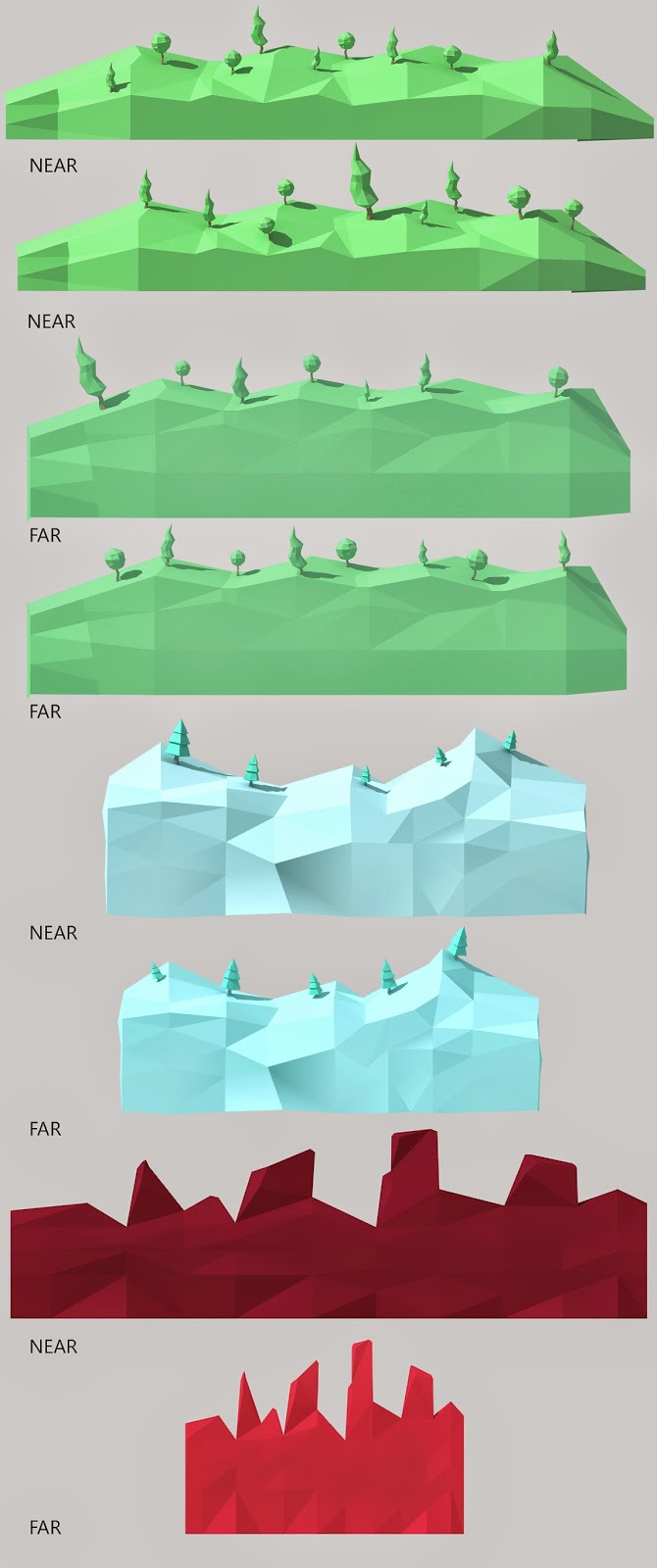Once the game had been built and the lighting had been set up and baked correctly, I moved on to start creating the particle systems for out in game particle effects. Particle effects have mainly been used to improve the aesthetics of the environment. However they have also been used to signify interactivity, character deaths, and many other elements. Each particle system uses different properties to define how it is emitted, and it is the emission of the particle systems that has the biggest impact on the way they look. Below are some screenshots of the particle systems and some explanation of how they have been made.

The above screenshot shows three commonly used particles from the game. The fire particles are emitted with a large start size which is shrunk over time as it moves upwards to achieve the flame shape. The colours also change over time to make the centre of the flame seem brighter. The glow that can be seen on the roof of the cave was created by using the render mode of the particle to distort it and create the ray shapes that can be seen. The sparkle on the torch is used to signify that an object is interactive, it is a fairly basic particle system that just slowly emits a few particles over time that shrink to simulate a cartoon styled sparkle.

In the above screen shot you can see the flowing lava particle as well as the surface lava particle. The flowing lava particles are all emitted in the same direction with gravity multiplier applied to give the effect that they are falling. The surface lava effect has been created by interpolating the start size of particles so that as they are emitted over a large area it creates a wave type effect. The ash particles can also be seen, they have a random velocity multiplier applied over time so that they flutter in random directions. They also have a negative gravity multiplier applied to get them to rise smoothly.
The fire trails and explosion effects that can be seen above are simply modified versions of the fire particle. The trails have had their size, speed and lifetime altered and the explosions are the trails with a fixed position.
The snow effects uses two particle systems. The first is falling snow that has a gravity and velocity multiplier that causes them to fall down at a random direction that can change to give the appearance that they are being blown around. The second particle system is the same as the first one but with the gravity multiplier removed to give the appearance that more snow is being blown around.
The dust particle above is exactly the same as the snow particle system but with the texture and colours changed. The firefly particle system is also the same as the dust and snow system but has a much small emitter so that they stay more closely grouped.
The wind particle uses two separate systems. The first is used to create the gust effect that is emitted in waves. The second is the wind direction effect, this has been made by using vertically stretched particles and applying a rotation multiplier to emulate the spiralling of a fan.












































